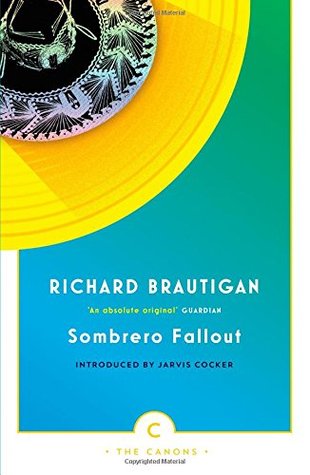Etta’s dearest wish is to work her magic on her granddaughter. Cora’s studious, unromantic eye has overlooked Walt, the shy bookseller who has been in love with her forever. Determined not to allow Cora to miss her chance at happiness, Etta sews a tiny stitch into Walt’s collar, hoping to give him the courage to confess his feelings to Cora. But magic spells—like true love—can go awry. After Walt is spurred into action, Etta realizes she’s set in motion a series of astonishing events that will transform Cora’s life in extraordinary and unexpected ways.
From Goodreads Description
I reviewed Menna Van Praag's The House at the End of Hope Street in March 2014 and found it enjoyable women's magic realism in the tradition of Sarah Addison Allen. The Dress Shop of Dreams is in many ways similar to the author's first work: set in the English university-town of Cambridge, a story of a young woman finding herself, a magic-wielding older woman who helps her, a magical place, and the predictability that this sort of romantic book always has. And yet I found this book much more enjoyable. Menna Van Praag is getting better at her art.
The book weaves together several feel-good romantic tales: of the emotionally stunted and orphaned Cora, the widow Millie longing for love, Etta's long heartbreak, and the detective's broken marriage. Van Praag manages to weave them together into a whole very successfully. The point of view shifts between the various romances unusually occur several times in a chapter and this may upset some readers, but they were clearly done and effective in producing dramatic tension and counterpoint.
The magic in this book is lightly done - Etta simply sews a small star into the target's dress to cast her spell. And it raises the question of how much of the transformation is down to the star or to the character seeing themselves differently. Most of us will know that what we are wearing can have a profound influence on how we feel about ourselves. And then there is the wisdom of Etta's words or the seeds they sow (sew?) in the other characters' minds.
One of the reasons this book held my attention was the inclusion in it of a mystery. Before Cora is able to experience love she must first find out whether her parents' deaths in a fire were the result of an accident or murder. I enjoyed this element of the book and whilst it could only be a part of the whole it gave the book more substance. Readers of this blog will know I like a bit of grit in my magic realism. Obviously the grit content of The Dress Shop of Dreams is limited, but Menna Van Praag has written a good book of its type and will add more fans as a result.
I received this book free from the publisher via Netgalley in return for a fair review.
The magic in this book is lightly done - Etta simply sews a small star into the target's dress to cast her spell. And it raises the question of how much of the transformation is down to the star or to the character seeing themselves differently. Most of us will know that what we are wearing can have a profound influence on how we feel about ourselves. And then there is the wisdom of Etta's words or the seeds they sow (sew?) in the other characters' minds.
One of the reasons this book held my attention was the inclusion in it of a mystery. Before Cora is able to experience love she must first find out whether her parents' deaths in a fire were the result of an accident or murder. I enjoyed this element of the book and whilst it could only be a part of the whole it gave the book more substance. Readers of this blog will know I like a bit of grit in my magic realism. Obviously the grit content of The Dress Shop of Dreams is limited, but Menna Van Praag has written a good book of its type and will add more fans as a result.
I received this book free from the publisher via Netgalley in return for a fair review.













